Coloring of Pure Zinc Foams
DOI: 10.23977/metf.2017.11005 | Downloads: 34 | Views: 9116
Author(s)
Jaroslav KOVÁČIK 1, Jaroslav JERZ 1, František SIMANČÍK 1, Natália MINÁRIKOVÁ 1
Affiliation(s)
1 Institute of Materials and Machine Mechanics SAS, Dúbravská cesta 9, 845 13 Bratislava, Slovakia
Corresponding Author
Jaroslav KOVÁČIKABSTRACT
The zinc foams were prepared by powder compaction method with various types (TiH2 or MgH2) and various amount (0.3, 0.6 and 1 wt.%) of foaming agent to investigate the effect of colouring of zinc foams during foaming process. It was observed that due to Archimedes’ principle foaming agent particles with lower density as liquid zinc float over a liquid. As a result, on the foam outer skin they react with oxygen during cooling of the foam. Therefore, the significant colouring (purple, blue and dark blue) of pure zinc foams prepared using TiH2 foaming agent was observed. On the contrary, MgH2 decomposes almost completely during the foaming process of zinc. As a result Mg is either dissolved in zinc foam (Mg2Zn11) or MgO of white colour is created. Therefore no significant colouring of pure zinc foams was observed in this case.
KEYWORDS
Foams, metallic foams, zinc foams, foaming agent, colouring.CITE THIS PAPER
Jaroslav KOVÁČIK, Jaroslav JERZ, František SIMANČÍK, Natália MINÁRIKOVÁ. (2017) Coloring of Pure Zinc Foams. Matallic foams (2017) Vol.1, Num. 1: 54-59.
REFERENCES
[1] P. Walstra, Principles of Foam Formation and Stability, In. Foams: Physics, Chemistry and Structure, ed. by A.J. Wilson, Springer-Verlag, London, 1989, p.10
[2] Handbook of Cellular Metals: Production, Processing, Applications, Editor(s): Hans-Peter Degischer, Brigitte Kriszt, Weinheim, Wiley-VCH, 2002
[3] Baumgärtner, F., Duarte, I. and Banhart, Industrialization of Powder Compact Foaming Process, J., Adv. Engng. Mater., 2000, 2, 168 – 174
[4] A.E. Markaki and T.W. Clyne, The Effect of Cell Wall Microstructure on the Deformation and Fracture of Aluminium-Based Foams, Acta Materialia, 49(9), 2001, pp. 1677-1686.
[5] Thornton, P.H. - Magee, C.L.: Deformation characteristics of zinc foams. In: Met. Trans. 6A, 1975, p. 1801.
[6] Banhart, J. – Baumeister, J.: Deformation characteristics of metal foams. J Mat Sci., 33, 1998, p. 1431.
[7] Kováčik, J. – Simančík, F.: Comparison of zinc and aluminium foams in deformation and fracture, In: Deformation and Fracture in Structural PM Materials DF PM '99. Ed. by L. Parilák, H. Danninger. Vol. I. Košice: IMR SAS, Slovakia, 1999, p. 106
[8] Kováčik, J. Simančík, F.: Comparison Of Zinc And Aluminium Foam Behaviour. In: Kovove Mater., 42, 2, 2004, p. 79.
[9] Kováčik, J. Simančík, F.: Use of zinc foam for filling of hollow steel profiles. In: Metal Foams and Porous Metal Structures. Ed. by J. Banhart, M.F. Ashby, N.A. Fleck. Bremen: MIT-Verlag Publishing, 2001, p. 355.
[10] Allen, B.C.: US Patent 3087 807, 1963.
[11] Von Zeppelin, F. - Hirscher, M.- Stanzick, H. - Banhart, J.: Desorption of hydrogen from blowing agents used for foaming metals. Composites Science and Technology, 63, 2003, p. 2293.
[12] Hansen, M. - Anderko, K.: Constitution of Binary Alloys. New York: McGraw-Hill, 1958.
[13] Simančík, F. – Behulová, K. – Borš, L.: Effect of ambient atmosphere on metal foam expansion. In: Cellular Metals and Metal Foaming Technology. Bremen: MIT Verlag, 2001, p. 89.
[14] Kennedy, A.R.: The effect of TiH2 heat treatment on gas release and foaming in Al–TiH2 preforms. In: Scripta Mater., 47, 11, 2002, p. 763-767.
[15] Kennedy A.R., Lopez V.H., 2003. The decomposition behavior of as-received and oxidized TiH2 foaming-agent powder, Mat Sci and Eng., A357, 1-2, 2003, 258-263.
| Downloads: | 410 |
|---|---|
| Visits: | 55117 |
Sponsors, Associates, and Links
-
Forging and Forming

-
Composites and Nano Engineering
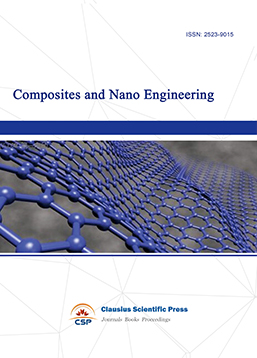
-
Journal of Materials, Processing and Design
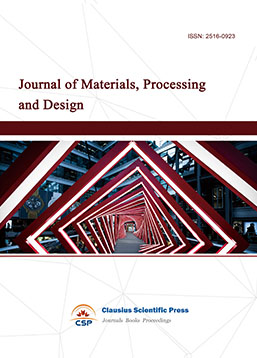
-
Smart Structures, Materials and Systems

-
Chemistry and Physics of Polymers
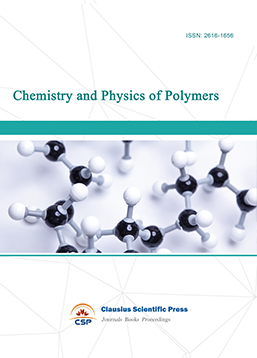
-
Analytical Chemistry: A Journal
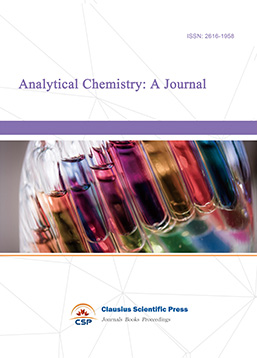
-
Modern Physical Chemistry Research
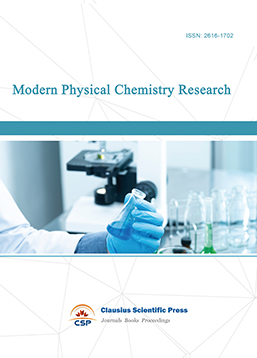
-
Inorganic Chemistry: A Journal

-
Organic Chemistry: A Journal
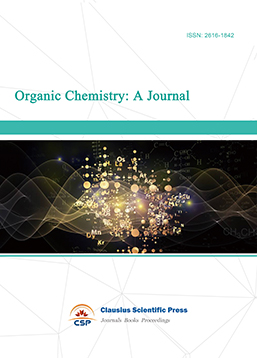
-
Progress in Materials Chemistry and Physics

-
Transactions on Industrial Catalysis
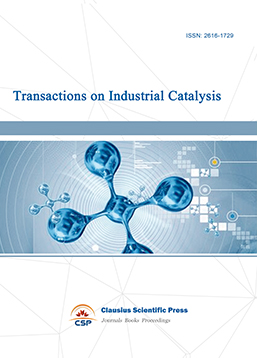
-
Fuels and Combustion

-
Casting, Welding and Solidification
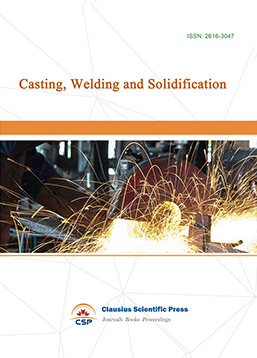
-
Journal of Membrane Technology
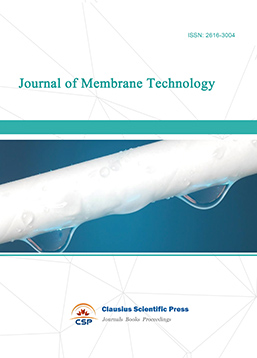
-
Journal of Heat Treatment and Surface Engineering
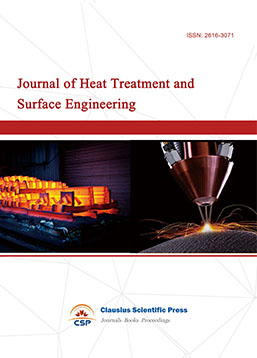
-
Trends in Biochemical Engineering

-
Ceramic and Glass Technology

-
Transactions on Metals and Alloys
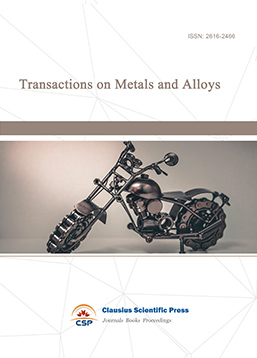
-
High Performance Structures and Materials
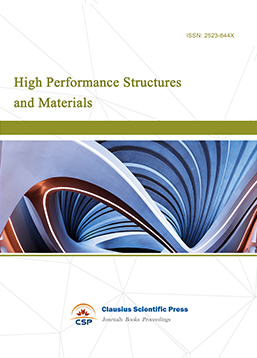
-
Rheology Letters

-
Plasticity Frontiers

-
Corrosion and Wear of Materials

-
Fluids, Heat and Mass Transfer

-
International Journal of Geochemistry
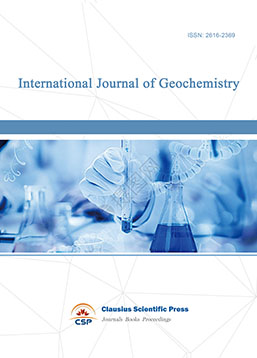
-
Diamond and Carbon Materials
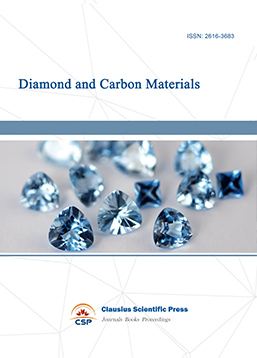
-
Advances in Magnetism and Magnetic Materials
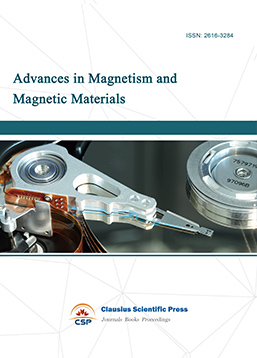
-
Advances in Fuel Cell

-
Journal of Biomaterials and Biomechanics
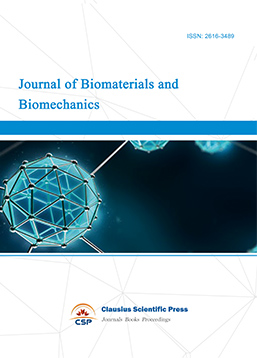

 Download as PDF
Download as PDF